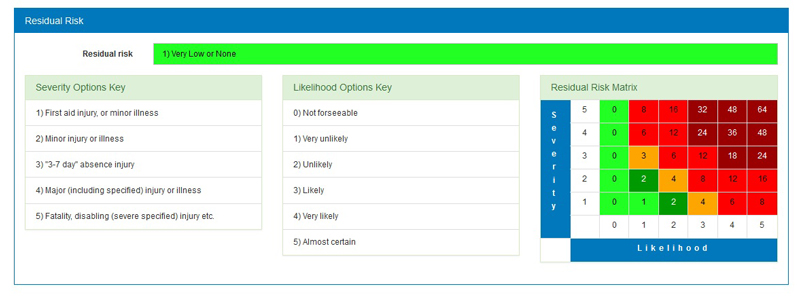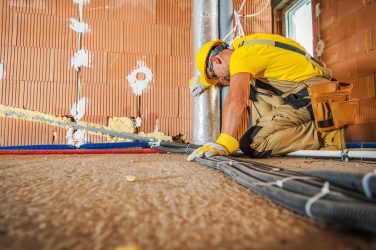In support of this development, the ECA has been working with partners’ right across the electrical and building services engineering sector, to find out how the sector is currently faring when it comes to occupational health (OH).
Completed by nearly 400 respondents – mainly directors and managers – from across building services during March and April this year, our sector-wide survey has provided a unique insight into attitudes to, and the provision of, occupational health.
Recent safety statistics from the JIB show that ECA members have made remarkable progress with reducing the rate of accidents in our sector (the reportable accident rate for 2015 is now only 15% of what it was in 2001). However, much less is known about sector-wide occupational health. A fundamental issue facing the construction industry is that there isn’t a ‘go to’ definition of occupational health.
So, to contribute to the debate, the ECA survey provided survey respondents a working definition of OH – which is to “eliminate or sufficiently control significant exposure to work-related physical or mental health and disease, and monitoring the effects on individuals as necessary”. This definition was widely backed by respondents (just 3 per cent disagreed), and may therefore prove to be useful going forward.
Almost three-quarters of respondents said they already actively managed occupational health. Yet while the majority said they are already managing OH effectively, less than half said they engaged in occupational health surveillance. This is not necessarily inconsistent, given that there can be other, often more useful, barometers of effective OH management, including ‘occupational hygiene’ – which involves anticipating and controlling occupational health hazards.
When asked about the biggest health hazards (though not necessarily the risk of exposure) in the sector, there were few surprises: more than 9 in 10 firms cited asbestos, with nearly 8 in 10 highlighting silica, which between them cause thousands of fatalities across construction. Other hazards cited frequently by respondents included noise, manual handling, and vibration.
Worker mental health issues also featured prominently in the list of hazards, and the vast majority (80 per cent) expect it to become more of an issue for their business in the years to come. Of the firms who manage OH, around six in 10 (56 per cent) said they incorporate managing mental health, which can include stress, in their OH planning, indicating there is more work to be done.
At present, many ECA members (through the JIB) have free access to Constructing Better Health’s ‘Construction Health Action Toolkit’ (CHAT), which is an interactive system for managing occupational health.
Furthermore, the ECA’s e-RAMS software allows contractors to identify on-site health hazards, such as asbestos or manual handing, and then undertake a risk assessment to effectively mitigate risks to occupational health at work (use of e-RAMS is up by 67 per cent since an enhanced version was launched in autumn last year).
We will be using the survey findings to contribute to wider industry debate, and to progress evidence-based initiatives within our sector. In short, we have been impressive on safety, but we need to put the ‘health’ into health and safety at work.
To find out more about the occupational health survey or e-RAMS, please visit www.eca.co.uk







